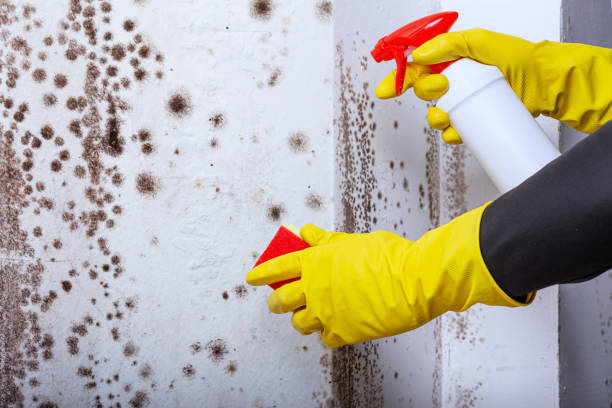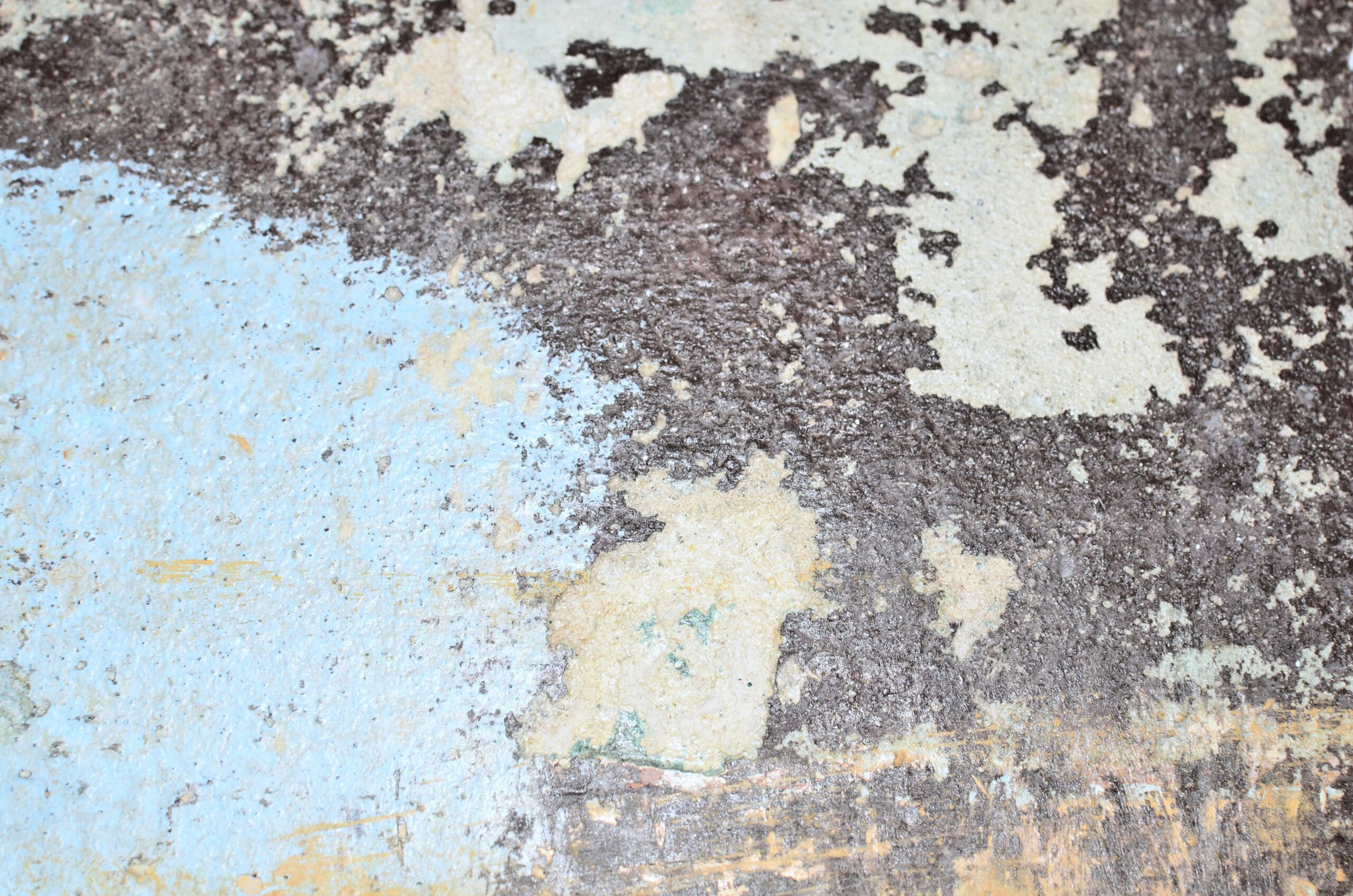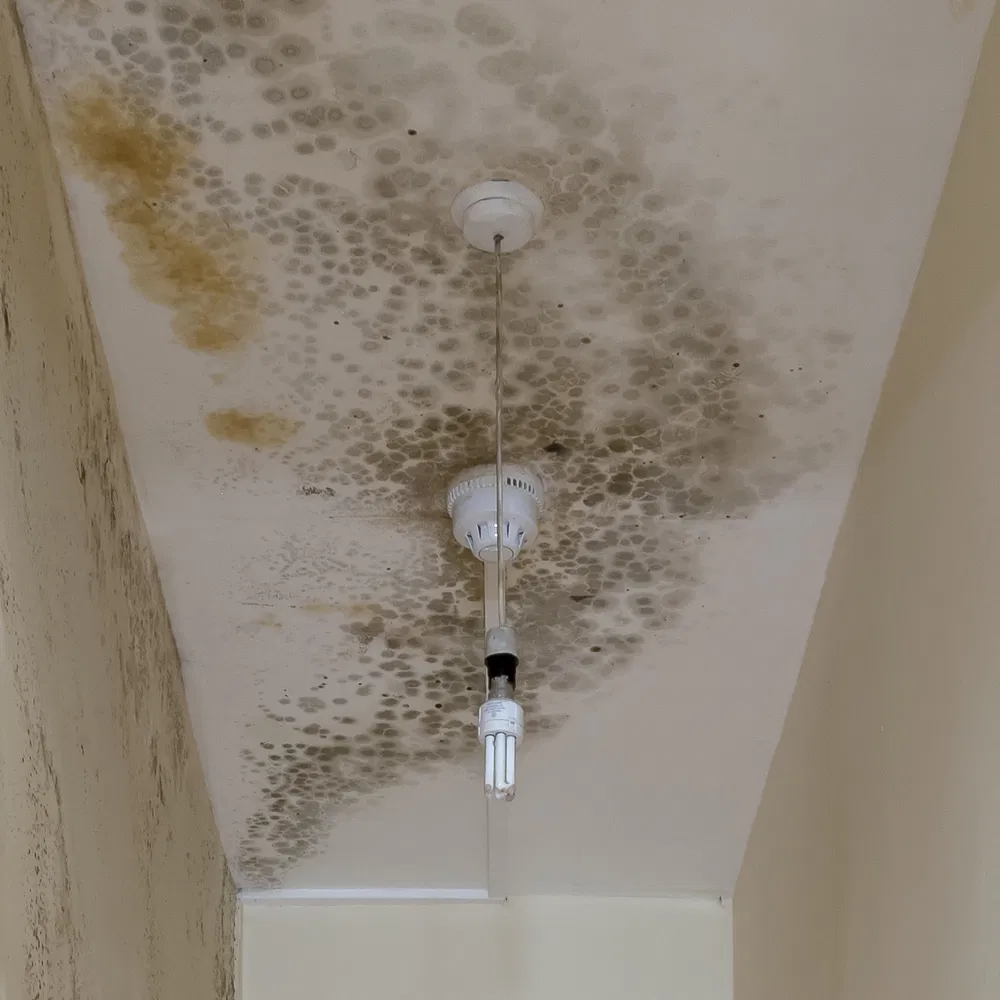
What Are The Main Causes Of Black Furry Moulds On Walls? See The Top 7!
Black furry moulds on walls are often a sign that too much moisture is building up inside your home. These dark, fuzzy patches usually form in corners, near ceilings, around windows, or behind furniture where air doesn’t flow properly. They don’t just look awful, they can also smell bad and make your home feel cold and unhealthy.
So, what causes black furry moulds on walls? The answer is usually linked to how your home deals with moisture. Common causes include poor ventilation, too much steam from everyday tasks like cooking or showering, hidden water leaks, damp from the ground, or even insulation problems. Cold weather also plays a part, especially when warm indoor air hits a cold wall and forms condensation.
Many homes across the UK, including newer ones, deal with this issue without even realising it. You may see mould starting to grow slowly over time. At first, it’s just a patch. Then it spreads. It might smell musty or leave black marks that you can’t fully wipe away. That’s because the mould keeps coming back unless you stop the moisture that feeds it.
In this article, I’ll walk you through the top 7 causes of black furry moulds on walls. I’ll explain each one clearly so you can understand where the problem starts and what to do about it. Whether it’s steam from your shower, a leak behind the wall, or something more hidden like damp insulation, this guide will make it easy to spot the warning signs.
If you’ve been cleaning mould only for it to return, this is for you. Let’s start with the first cause — one of the most common ones found in UK homes: poor ventilation.
Cause 1: Poor Ventilation Inside The Home
Poor airflow is one of the biggest reasons black furry moulds on walls keep showing up, especially in homes that are shut up tight for most of the day. When air doesn’t move around properly, moisture gets trapped inside. This creates the perfect place for mould to grow.
Think about the everyday things we do like boiling the kettle, running hot baths, drying clothes indoors. All of these add steam into the air. If there’s nowhere for that moisture to escape, it clings to the walls, windows, and ceilings. Over time, you may notice small black spots forming in corners or behind furniture, especially on outside-facing walls.
Rooms that get the least air are usually the first to show signs of mould. This includes bathrooms with no extractor fan, kitchens without a cooker hood, or bedrooms with windows that are rarely opened. When these spaces don’t get fresh air, stale, damp air just hangs around. That’s when mould starts to grow.
This problem often gets worse in winter. People keep windows shut to stay warm, which means less airflow. Meanwhile, the heating goes on and adds even more moisture into the air. The warm, wet air hits a cold wall, and the moisture turns into tiny droplets. These drops feed the mould, and before long, black furry patches start to form.
Improving ventilation can be a big help. This can be as simple as opening windows for a short time each day, using extractor fans when cooking or showering, or adding trickle vents to window frames. In some homes, proper ventilation systems like positive input ventilation (PIV) units may be needed to keep the air moving well enough to stay dry.
Better air means less mould. It’s as simple as that.
Cause 2: Excess Indoor Moisture From Everyday Living
Many homes have black furry moulds on walls simply because there’s too much moisture being created indoors every day. Everyday tasks like cooking, showering, ironing, and drying clothes indoors all add steam into the air. If that air doesn’t leave the room, it turns into moisture on cold surfaces — and that’s when mould starts to grow.
Even something as simple as boiling water for tea can add a surprising amount of moisture into the air. Families that do a lot of cooking or who dry their laundry indoors without a dehumidifier are more likely to see mould on walls, ceilings, and around windows.
Black furry moulds on walls often form near the kitchen or bathroom, where steam builds up quickly. It can also show up in bedrooms where people breathe overnight with the windows closed. That warm, damp air stays trapped and settles on the coldest surfaces in the room.
This is why it’s so important to manage moisture. You can start by keeping lids on pots when cooking, opening windows when using the shower, and avoiding drying clothes on radiators. Using an extractor fan or dehumidifier helps remove water from the air before it settles on the walls.
Remember, mould doesn’t grow just because a room is wet once in a while. It grows when a room is always damp. The key is to break the cycle. If you can control indoor moisture and let fresh air in, you’ll stop feeding the mould. Without moisture, it can’t grow — no matter how often it’s cleaned.
If your home keeps getting black moulds on walls, look at your daily habits. They might be adding more moisture to your air than you realise.

Cause 3: Leaks In Roofs, Walls Or Plumbing
One of the most hidden reasons for black furry moulds on walls is a leak. It might be a slow drip from a pipe, a crack in the roof, or water sneaking through an outside wall. These leaks don’t always cause puddles or floods. Instead, they quietly soak into the wall, and over time, mould begins to grow.
You might not notice the leak straight away. Sometimes the only clue is a cold, damp patch on the wall or a patch of mould that keeps coming back, no matter how many times it’s cleaned. This is because the wall behind the mould is still wet, and the leak hasn’t been fixed.
Leaks often happen around windows, in ceilings near bathrooms, or behind kitchen units where pipes are hidden. If mould appears near these spots, it’s worth having a closer look. Even a tiny leak can cause big problems over time.
Black furry moulds on walls love to grow in damp places, and a leak creates a constant water supply. The longer the wall stays wet, the more the mould spreads. It also softens paint, lifts wallpaper, and can even damage plaster or brickwork if left untreated.
To stop this, the leak needs to be found and fixed properly. A damp survey or leak detection service can help if the source isn’t clear. Once the leak is sorted and the wall has dried out fully, the mould can be treated for good.
If you’ve got black moulds on walls and can’t find a clear reason, a leak could be the hidden cause. Don’t wait until the damage gets worse — finding the leak early can save time, money, and the health of your home.
Cause 4: Cold Surfaces Causing Condensation On Walls
Black furry moulds on walls are often caused by condensation. This happens when warm, moist air hits a cold wall and turns into water droplets. These tiny drops sit on the surface and soak into the wall over time, creating a perfect home for mould to grow.
Condensation is most common in winter. Heating makes the air warm inside, but outside walls stay cold. When the two meet, water appears. You might notice wet patches in the morning or water running down windows and walls. That moisture doesn’t go away unless it’s wiped up or the room is well ventilated.
Walls behind furniture are often colder because air doesn’t flow well there. That’s why mould often starts behind beds, cupboards, and sofas. You might not see it straight away, but the damp and black furry moulds on walls are building up quietly out of sight.
Some homes have poor insulation, which makes this worse. If the walls are thin or the insulation is damaged, they stay colder for longer. This increases the chances of condensation and gives mould more time to grow.
To stop condensation, it’s important to manage both moisture and temperature. Open windows for short bursts to let fresh air in. Don’t block radiators or air bricks. Keep furniture slightly away from walls. You can also use a dehumidifier to collect extra moisture from the air.
Adding insulation or thermal wallpaper to cold walls can help too. This keeps the wall warmer and reduces the amount of condensation that forms. If you live in an older home or one with solid walls, this might be worth looking into.
When you spot black moulds on walls, don’t just clean them off. Think about the wall behind it — is it cold, damp, and poorly ventilated? That’s where the real problem starts.
Cause 5: Rising Damp From The Ground Below
Rising damp is another cause of black furry moulds on walls, and it often starts at the bottom. It happens when water from the ground moves up through bricks or stone into the lower parts of the wall. As the moisture rises, it brings salts with it, which then show as patches or lines on the surface.
This kind of damp usually affects older homes, especially those built before proper damp-proof courses (DPC) were common. A DPC is a barrier, often made of plastic or slate, that’s meant to stop water from climbing up. If it’s missing, broken or badly installed, damp finds a way in.
At first, you might see the paint starting to bubble or the wallpaper peeling near the skirting board. Then come the damp patches, a musty smell, and finally, black furry moulds on walls — usually at floor level. Left untreated, the mould can spread upwards and even affect nearby furniture and flooring.
Rising damp can take a while to show, but once it starts, it doesn’t stop on its own. Drying the wall with heaters or fans won’t work because the moisture keeps coming from below.
To fix it, the source of the rising damp has to be blocked. That might mean injecting a new damp-proof barrier or using special sealants that keep water out but let the wall breathe. It’s also important to repair any damage caused by the moisture and mould so it doesn’t return.
If black furry moulds on walls are mostly near the ground and keep coming back, rising damp might be the reason. It’s not just about cleaning it up, it’s about stopping the moisture at the root.

Cause 6: Blocked Or Missing Air Bricks And Vents
Air bricks and vents are small, but they play a big role in keeping your home dry. When they’re blocked or missing, fresh air can’t move in and damp air can’t move out. That trapped moisture builds up over time and causes black furry moulds on walls, especially in hard-to-reach corners and lower wall areas.
Air bricks are usually found near the bottom of outside walls. They let fresh air flow under floors and through cavity spaces. If they’re filled with paint, covered by plants, or blocked with dirt, the air gets stuck. This makes it easier for moisture to build up inside.
Older homes may not have enough air bricks at all. Others may have vents that have been sealed up during past repairs or decorating. Without a way for the walls and floors to breathe, the house stays damp, especially in cold months.
Black furry moulds on walls that form near floorboards, in corners, or behind furniture might be caused by poor airflow. These patches may seem to appear suddenly, but they’re often the result of months of slow moisture build-up.
To stop this, it’s important to check that all vents are open and working properly. Air bricks should be cleared, and if any are missing or damaged, they should be replaced. Sometimes adding more vents can help, especially in homes that feel stuffy or always seem to have wet windows.
Fixing airflow helps the house stay dry. It lets damp air out and stops moisture from sitting on walls. If you’ve noticed black moulds on walls, especially in quiet corners or near the floor, poor ventilation from blocked vents could be to blame.
Cause 7: Faulty Or Wet Cavity Wall Insulation
Cavity wall insulation is meant to keep your home warm. But if it gets wet or was badly installed, it can cause more harm than good. When water gets trapped in the cavity space, it spreads across to the inside wall. That’s when you start seeing cold spots, wet patches, and eventually, black furry moulds on walls.
Many homes in the UK were given cavity wall insulation years ago. But over time, cracks in the outside wall, broken roof tiles, or driving rain can soak the insulation. Once it’s wet, it acts like a sponge and holds water instead of keeping it out.
The mould often shows up near windows, on corners of walls, or in rooms that face the wind and rain. These are signs that moisture is getting through from the outer wall into the inside. If you clean it off and it comes back, your insulation might be the reason.
To fix the problem, the insulation may need to be checked and removed if it’s soaked. Once the cavity is cleared, it should be left to dry fully. After that, new, water-resistant insulation can be installed — but only if the outside wall is properly sealed and protected.
If your home keeps getting black moulds on walls despite ventilation and moisture control, wet cavity wall insulation is worth checking. A damp survey can help confirm it. Fixing the cavity properly will stop the moisture at its source and help your walls stay dry for good.
Let Us Help You Get Rid Of Black Furry Moulds On Walls For Good
If you’re seeing black moulds on walls, we understand how worrying it can be. It’s not just about the marks on the wall — it’s about what’s causing them and how they make your home feel. Damp smells, stained walls, and even health worries can make you feel uncomfortable in your own space. That’s where we come in.
At Ventil8ed, we help people across Portsmouth and nearby areas find out exactly what’s behind the mould in their homes. Whether it’s poor ventilation, rising damp, hidden leaks, or wet cavity wall insulation, we’ve seen it all. We don’t just treat the surface. We go deeper to stop the moisture that feeds the mould.
We use clear, easy steps that start with finding the cause. Then we work with you to fix it in a way that makes sense for your home. No guessing. No cover-ups. Just honest advice, solid work, and a real fix that lasts. You’ll get a warm, dry home again — and peace of mind that the mould won’t be coming back.
We know every home is different, and that’s why we listen first, check properly, and only recommend what’s really needed. And we keep it simple from start to finish.
So, if you’re tired of scrubbing off the same patches again and again, let’s do something about it. We’re ready to help.
Call us today on 07762 214344 to book your check. Let’s get your walls back to clean, dry, and mould-free.


